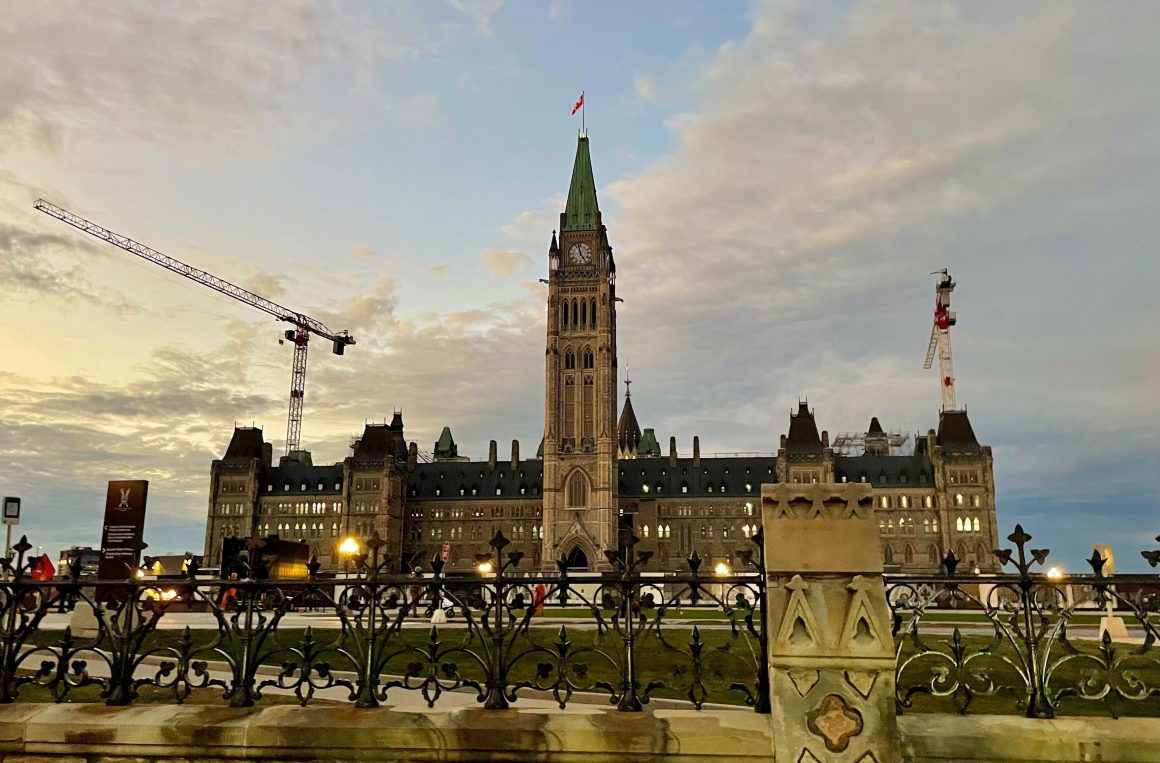
Canada’s cabinet conundrum
By Logan Jaspers, January 19 2022—
Among parliamentary democracies, Canada is unusual in our cabinet size. Furniture aside, the number of ministries in Canadian governments are needlessly excessive. Looking at the federal government, the list of Justin Trudeau’s cabinet ministers is an eye-watering 39, meaning that around a quarter of the 158 Liberal Party MPs are cabinet ministers.
This is a comparatively staggering ratio. The United Kingdom, from whom we inherited our fusion of the legislative and executive branches, has a cabinet of 22 ministers despite their ruling party almost doubling the Liberal Party in parliamentary seats. And though the United States has a proportionally larger bureaucracy than Canada, given that their population is 10 times the size of Canada’s, their bureaucracy manages fine with just 24 cabinet ministers.
For what it’s worth, in our increasingly polarized political climate, flabby cabinets are bipartisan. By the end of their stints as prime minister, Stephen Harper’s final cabinet had 27 ministers, Paul Martin had 32, Jean Chretien had 28, Martin Brian Mulroney had 30, and Pierre Trudeau had 33. And given that 71 of 117 Conservative Party MPs are critics in his shadow cabinet, it’s unlikely that a hypothetical Pierre Poilievre cabinet would deviate from this pattern.
Ministerial bloat isn’t solely a federal problem. Alberta premier Danielle Smith’s cabinet has 25 ministers out of 60 United Conservative Party (UCP) MLAs, and her predecessor Jason Kenney finished his premiership with 21 ministers in his cabinet. New Democratic Party (NDP) leader Rachel Notley started her term with a surprisingly skeletal cabinet of 12, but this figure swelled to 19 by 2019.
Why is this objectionable? The growth of cabinets isn’t especially expensive to taxpayers and lacks the culture war “sexiness” of hot-button issues. However, the implications of swollen cabinets on government function give it prudence.
First, there’s a lack of brevity in cabinet composition. The swelling of cabinets is partially attributable to the carving out of portfolios from pre-existing ministries, rather than that government taking on responsibilities in untapped areas. The tasks of the new Ministry of Red Tape Reduction, for example, could be done by the numerous other ministries within the provincial government that deal with the economy — the Minister of Red Tape Reduction’s work is cut out for him. If a ministry can ably handle a set of tasks before, then from the perspective of caring about governance first, there is no reason to split that ministry apart. Otherwise, governments needlessly subdivide themselves.
Second, the growth of cabinets abates stronger executives and weaker legislatures. Canada’s executive branch, through the cabinet, dominates governing party backbenchers and dissuades them from dissenting from the cabinet’s preferred legislation. When cabinets swell, it means that there are fewer governing parliamentarians who hold an irresponsible government accountable — once committed to a decision, all cabinet members are bound to follow.
This is a wonkish topic that will top few voters’ lists of policy priorities, but if you’re concerned with how responsive and democratic governments are, then at least give cabinet size a glancing consideration.
This article is a part of our Opinions section and does not necessarily reflect the views of the Gauntlet editorial board.
